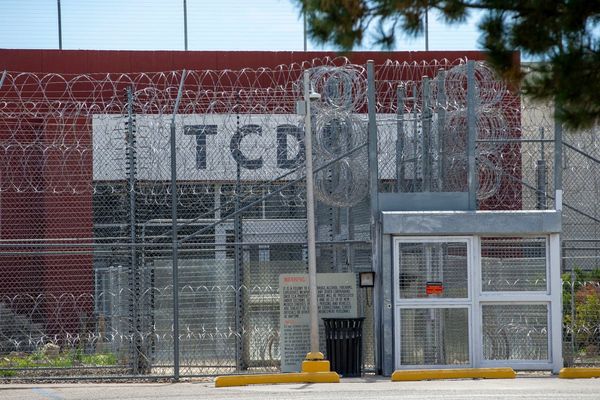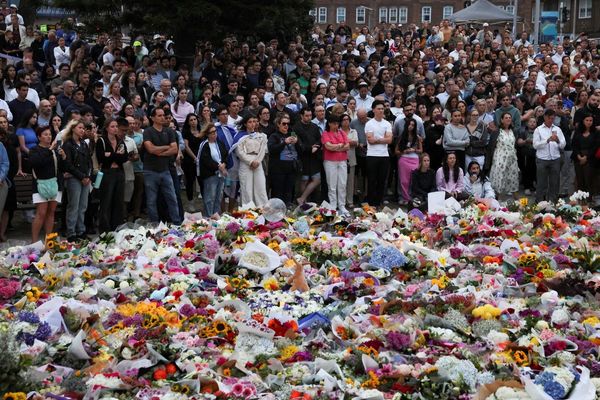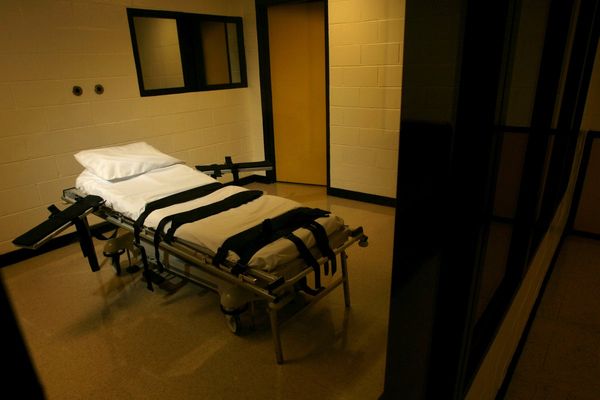A massive 8.8 magnitude earthquake struck Russia’s far eastern Kamchatka Peninsula on Tuesday, the sixth strongest ever recorded, causing tsunami waves to roll towards countries around the Pacific Rim.
Hawaii recorded waves of up to 5.6ft on Tuesday as the impact started to reach the islands.
Evacuation orders have been lifted for much of the islands’ coastlines, but tourists and residents are urged to use extreme caution. As of Tuesday evening local time, the Pacific Tsunami Warning Center has downgraded the Tsunami Warning for the state of Hawaii to a Tsunami Advisory.
While Hawaii’s largest airport in Honolulu is operating, other airports around the state have temporarily suspended their operations.
Alongside Hawaii, parts of mainland United States, Japan and several other Pacific islands have been placed under tsunami warnings or advisories following the quake, while damage and evacuations are reported in the Russian regions nearest the epicentre.
Here’s what to know if you are travelling in or out of Hawaii as the tsunami strikes.
Where has the tsunami struck?
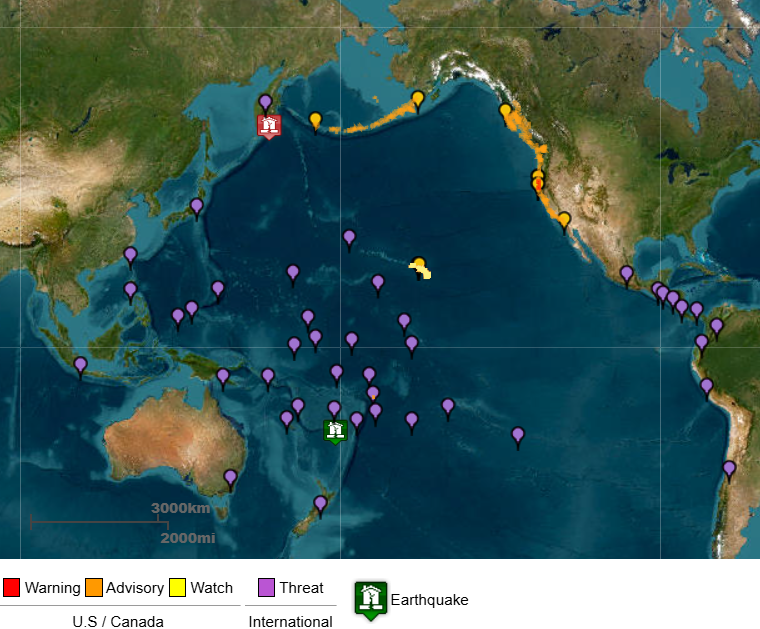
A tsunami warning was in effect for Hawaii until late Tuesday evening, and has now been downgraded to an advisory. A 5.7ft wave was recorded in Kahului, Maui, at a similar time that a 4.9ft wave was recorded hitting the town of Hilo in Hawaii on Tuesday evening local time.
A 3.9ft wave was also recorded in Hanalei, Maui. This follows a 4ft wave hitting the Hawaiian island of O’ahu.
Evacuation advisories have now been lifted in the region, after authorities advised people earlier on Tuesday to move away from the coast and go to higher ground, such as the fourth floor or above in buildings at least 10 stories high.
UK government travel advice
The UK’s Foreign, Commonwealth & Development Office (FCDO) has advised those in Hawaii to follow the guidance of the local authorities.
“An earthquake with a preliminary magnitude of 8.7 has struck the eastern coast of Russia in the Kamchatka Peninsula region,” the FCDO said in its latest update.
“A tsunami threat message has been issued by the Pacific Tsunami Warning Centre.
“If you are in the affected areas potentially affected by the earthquake or tsunami you should follow the advice of the local authorities.”
Are flights still running?
The majority of Hawaii’s flights were grounded or cancelled on Tuesday, but some airports have started operations again as of Tuesday evening local time.
Many arrivals to the islands have been cancelled or diverted to airports on the US West Coast, such as LAX, San Francisco and San Jose, as well as to Hawaii’s largest airport in Honolulu.
Hawaii’s Department of Transportation (DOT) said on Tuesday evening (10pm HDT) that Hilo International evacuation gates have been closed, with procedures to reopen the runway for flights on Wednesday now beginning.
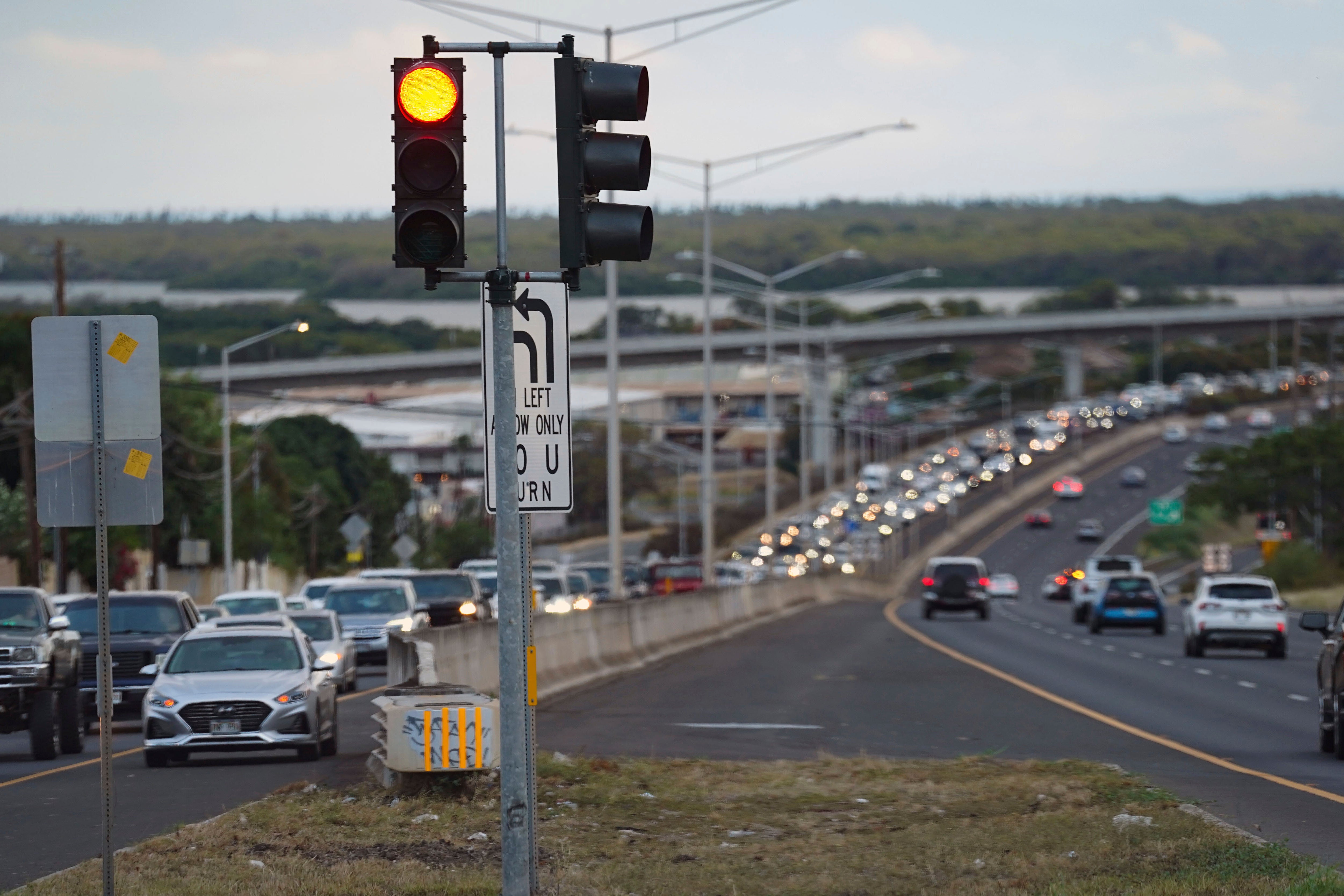
Kahului Airport in Maui says that all flights departing and arriving have been cancelled. “There are passengers sheltering in the terminal. In the morning, those sheltering will be rescreened prior to departures,” the DOT said.
Baggage screening was temporarily suspended at Honolulu’s Daniel K. Inouye International Airport during the first wave arrival; however, baggage screening has now resumed and flights have restarted.
“Please check with your individual carriers regarding flight schedules,” the DOT added.
Carriers such as Alaska Airlines and Hawaiian Airlines have issued a travel waiver for its passengers, allowing them to change or cancel their trip amid the tsunami.
Hawaii Governor Josh Green said on Tuesday that all commercial harbours have been shut, too.
Can I cancel my holiday to Hawaii?
As the Foreign Office has not warned against non-essential travel to Hawaii, or the US as a whole, there will be no special circumstances in place to be able to cancel a trip for a full refund.
The conditions for cancelling your trip will be dependent on your holiday provider, so it’s best to contact them if you’re looking to postpone.
There is no obligation for companies to refund bookings if you want to cancel, and you will not be able to claim on your travel insurance due to safety concerns unless government advice changes.
If you do have travel insurance, some policies include natural disaster cover for an event that prevents you from reaching your holiday destination. Check your insurance policies and speak to your insurer to see where you stand.
For more travel news and advice, listen to Simon Calder’s podcast
All the countries currently on the Foreign Office ‘do not travel’ list
Is it safe to travel to Thailand and Cambodia? FCDO issue update amid border clash
Afghanistan’s pioneering female tour guides are opening up the country for tourists
Calls to raise Venice entry fee to stem ‘obscene rivers of tourists’
East Midlands airport hit with huge fine for environmental pollution
British Airways flight forced to divert to Manchester after mid-air emergency

